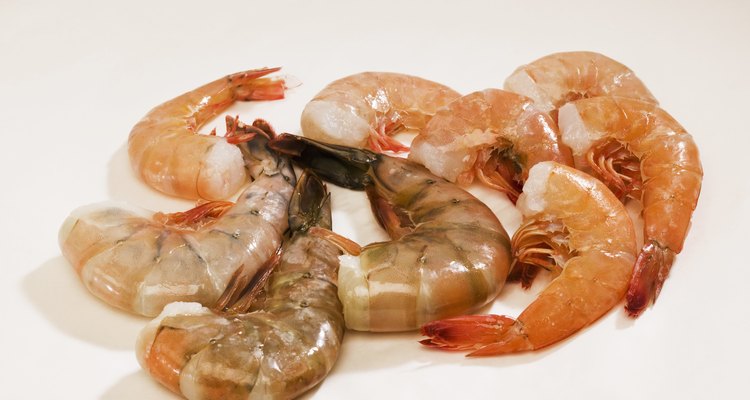
Jupiterimages/Stockbyte/Getty Images
Sometimes the perfect dinner idea doesn’t come to you until the last minute, when you don’t have time to thaw the meat you want to use. Frozen shrimp can be cooked evenly without compromising texture or flavor. In most cases, shrimp are individually quick-frozen, leaving each crustacean enveloped in a thin sheet of ice that prevents the shrimp from sticking together. You should be able to remove the exact number of shrimp you want to prepare, and then return the remaining shrimp to the freezer immediately.
Precooking Preparation
When you buy uncooked shrimp, they often have their shells, tails and sand veins intact. It is difficult -- if not impossible -- to shell and devein a shrimp while it is still frozen. If you are preparing peel-and-eat shrimp or a shrimp boil, the inability to clean the frozen shrimp before cooking them should not be a problem. You need shelled shrimp, however, for dishes that contain many other ingredients, such as shrimp pasta. If your recipe requires shelled and deveined shrimp, it is best to buy them that way so that you can cook them frozen. Otherwise, thaw the shrimp so that you can clean them before cooking them.
Boiling or Adding to Sauce
The most convenient way to cook shrimp that are still frozen is to boil them. The ice will simply melt away as the water simultaneously thaws and cooks the flesh. Due to their size and shape, frozen shrimp do not need to cook much longer than unfrozen shrimp. When you add frozen shrimp to a sauce, such as Alfredo sauce, the ice melts into the sauce, temporarily watering it down. After simmering for a few minutes, however, the excess water from the ice cooks out of the sauce and leaves behind a subtle shrimpy taste that unites the flavors in the dish.
Grilling, with Accommodations
You can grill frozen shrimp, but it may alter how you season the dish. Most grilled shrimp dishes require you to season or marinate the shrimp before putting them on the grill. Due to the thin layer of ice on frozen shrimp, dry herbs and spices and marinades won’t “stick.” Consider applying dry seasonings or a basting sauce to impart flavor after the shrimp thaws on the grill.
Sautéing with Caution
Exercise caution if you sauté frozen shrimp. As the ice on the shrimp melts, it will come into contact with hot oil or butter. The liquids will pop or splatter more than usual, which can harm you or -- in extreme circumstances -- spark a kitchen fire. Sauté the shrimp over low to medium-low heat until all of the ice melts and evaporates.
Assessing Food Safety
All shrimp must reach an internal temperature of 145 degrees Fahrenheit to be safe to eat. The flesh should become pearly white and opaque, and the surface should be bright pink. When you handle raw, fresh shrimp, you are able to evaluate the smell and texture of the flesh, which is an important step in ensuring food safety. Shrimp should have little or no smell. Since you won’t be able to do that with frozen shrimp, try to assess those qualities as they cook or by taste-testing one of the shrimp after it's cooked. If the shrimp have a "off" amonia-like scent or sour taste, it is best to play it safe and discard them.
Related Articles

How to Cook Shrimp With Butter
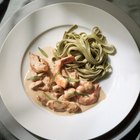
Can You Refreeze Shrimp That Has Been ...
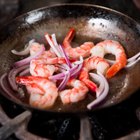
How to Cook Shrimp in a Skillet
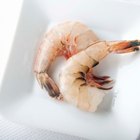
Jumbo Shrimp Nutritional Facts
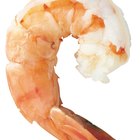
Do I Peel Shrimp Before They Are Boiled?
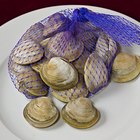
How to Make Fresh Clam Sauce

How to Cook Shrimp Shish Kebabs in the ...
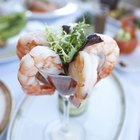
How Long Can Shrimp Be Refrigerated?
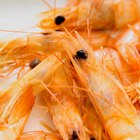
How to Prepare Live Shrimp
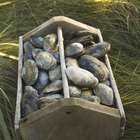
How to Cook Shucked Frozen Clams
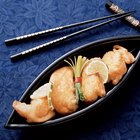
Can You Deep-Fry Frozen Uncooked Shrimp?
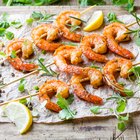
Do You Defrost Frozen Shrimp Before ...

How to Thaw Frozen Cooked Shrimp Quickly
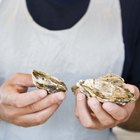
How to Cook Fresh Oysters to Make Stew

How to Cook Prawns With the Shell On

How to Cook Clams in the Shell
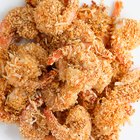
How to Make Coconut Shrimp

How to Make Shrimp Cocktail
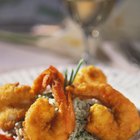
How to Fry Shrimp With Potato Starch

How to Know If Pork Chops Have Gone Bad
References
Writer Bio
Lamar Grey has been writing about cooking and food culture since 2010. He has ghostwritten eight cookbooks. Grey entered the culinary industry in 2003 as a prep cook in a full-service restaurant. He subsequently served as a baker and head cook on three award-winning kitchen staffs.
Photo Credits
Jupiterimages/Stockbyte/Getty Images